ARTICLE AD BOX
King Charles and Queen Camilla welcome Japanese Emperor Naruhito to UK
Emperor Naruhito and Empress Masako of Japan have visited Buckingham Palace where they were hosted by King Charles and Queen Camilla.
At the start of their state visit to the UK, the Japanese royals gave symbolic presents - a black lacquerware box for the King and a brocade handbag for the Queen, plus a framed photo of the emperor and empress.
The visit began on Tuesday morning with a ceremonial greeting at Horse Guards Parade.
In the blazing sunshine the Japanese visitors were able to observe the guard of honour.
In what must have been sweltering bearskins, the 1st Battalion Welsh Guards lined up on the parade ground gravel.
Prince William had met the emperor and empress earlier in the morning at the hotel where they're staying, as Buckingham Palace continues to undergo repairs.
Also there for the official welcomes were Prime Minister Rishi Sunak, Foreign Secretary David Cameron, and Home Secretary James Cleverly dressed in morning suits, in one of the last ceremonial events before the election.
For this formal diplomatic moment the public were kept away from Horse Guards. Instead there were ranks of cameras and journalists watching the dignitaries arrive, with security staff watching from the roofs of Whitehall.
Carriages then carried the royal visitors up past the crowds on the Mall towards Buckingham Palace.
The Queen shared a carriage with the Empress, who was wearing a mask as a precautionary measure due to her horse hair allergy.

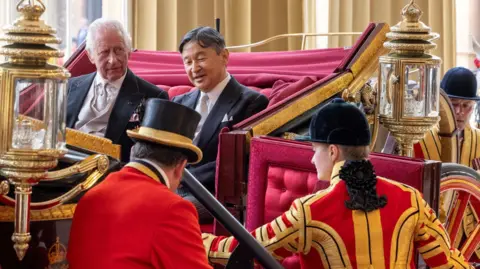 Reuters
Reuters
The King and Emperor arriving at Buckingham Palace

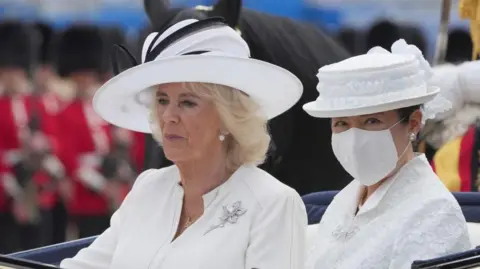 Reuters
Reuters
Queen Camilla rides in an open carriage with Japan's Empress Masako
The Princess Royal is absent from the visit, after being admitted to hospital following a head injury thought to have been caused by a horse.
At Buckingham Palace the emperor and empress were shown Japanese items from the Royal Collection.
That included a 1855 scroll from Queen Victoria's library, depicting the 17th Century coronation of Japan's Emperor Go-Mizunoo.
The lacquerware gift from the emperor to King Charles was a reference to this year's Noto Peninsula earthquake, with this type of lacquerware a traditional product of Wajima city that was affected by the earthquake.
State visits are a mix of ancient pageantry and modern international politics, with the red carpet being rolled out for important visitors.
The visit by the emperor and empress is intended to reinforce military, scientific and cultural links between the UK and Japan.
It is the first by a Japanese head of state since 1998.
State visits during a general election are unusual. In the past, they have been rescheduled to avoid a clash with political campaigning.
The Japanese royal couple's trip has gone ahead, but without the usual visit to meet the prime minister in Downing Street.

 PA
PA
As the emperor looked at objects on display, he could be heard saying "wonderful"
A centrepiece of this diplomatic flattery is the state banquet, to be held on Tuesday evening in the lavish surroundings of the ballroom of Buckingham Palace, where the King will make a speech in honour of his guests.
Prime Minister Sunak and Labour leader Keir Starmer will be at the state banquet, the night before the two party leaders take part in a head-to-head TV debate.
Nostalgic return
The emperor and empress's programme of visits over the next few days will include Westminster Abbey, the Francis Crick Institute, Kew Gardens and the Royal College of Music.
They will lay a wreath on Elizabeth II's tomb, in St George's Chapel, Windsor.
And on Friday, after the state visit has ended, they will make a nostalgic return to their former colleges at Oxford University, where they were both students.

 6 months ago
24
6 months ago
24
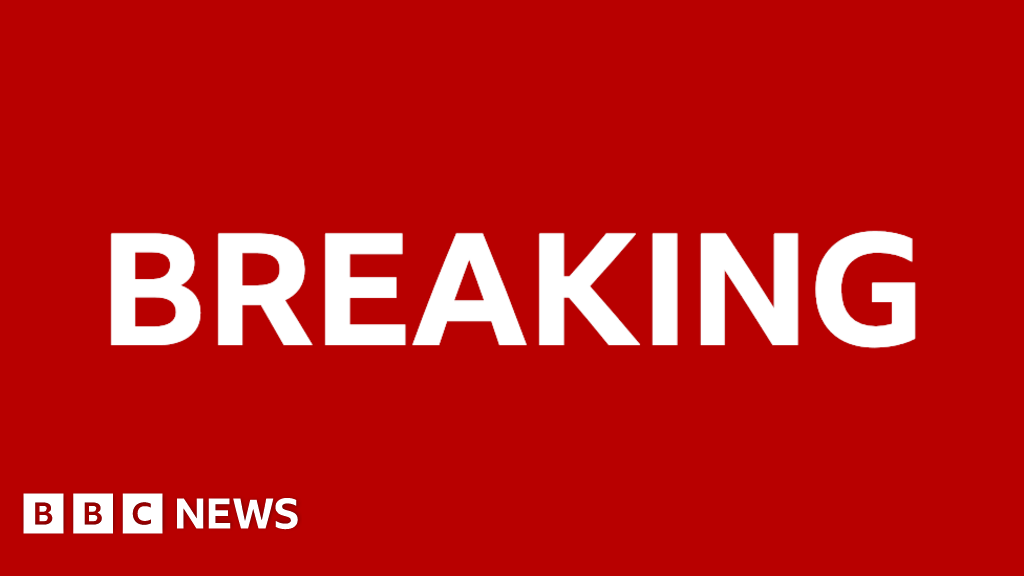
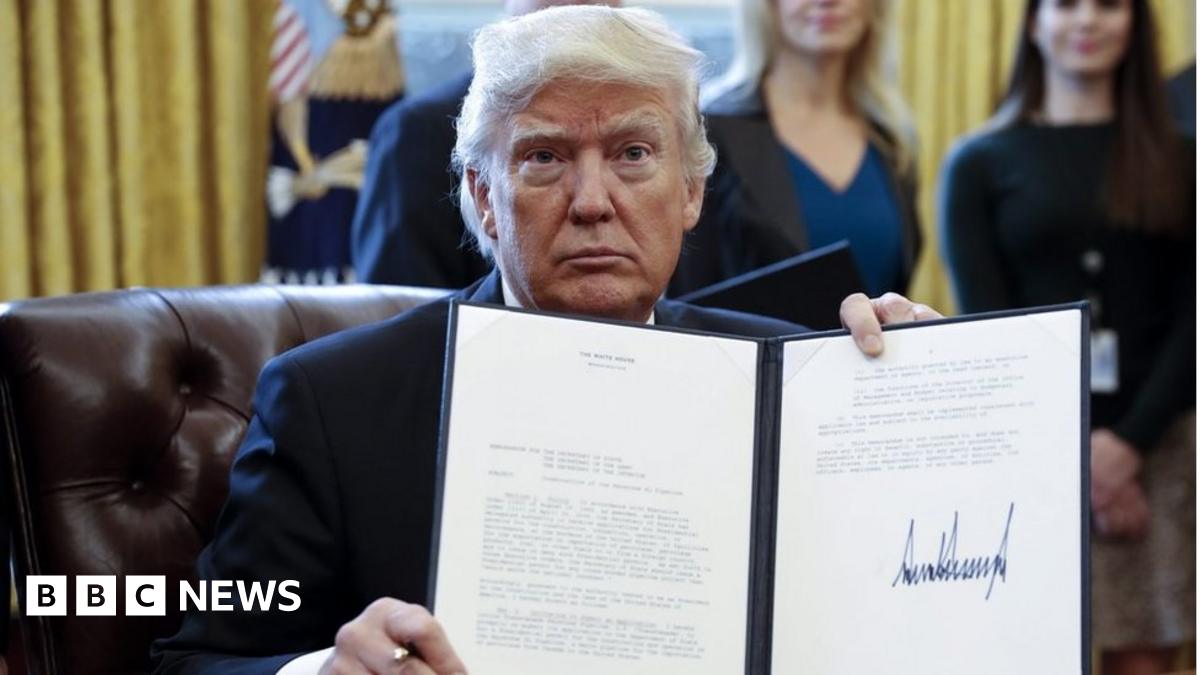
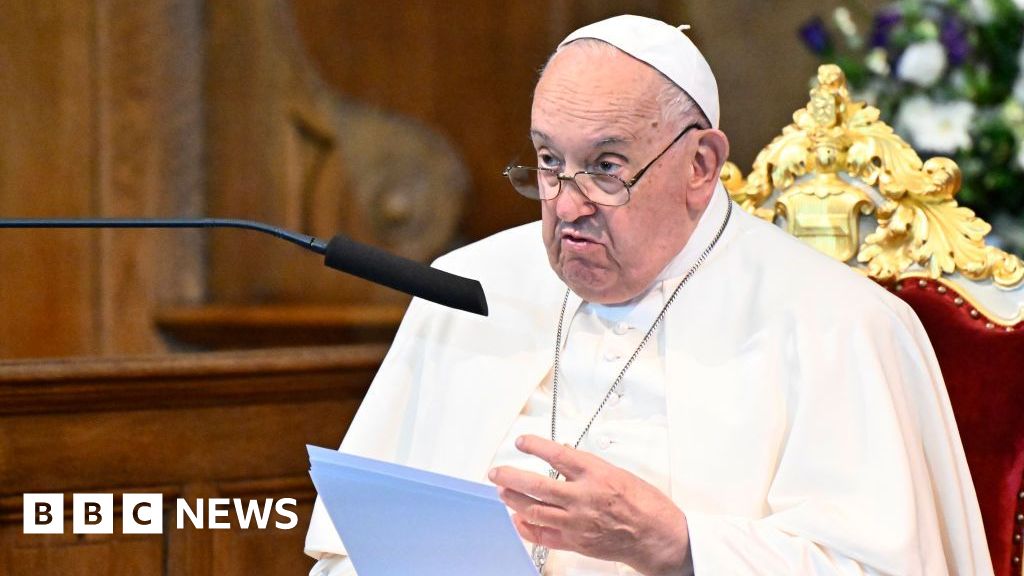





 English (US) ·
English (US) ·